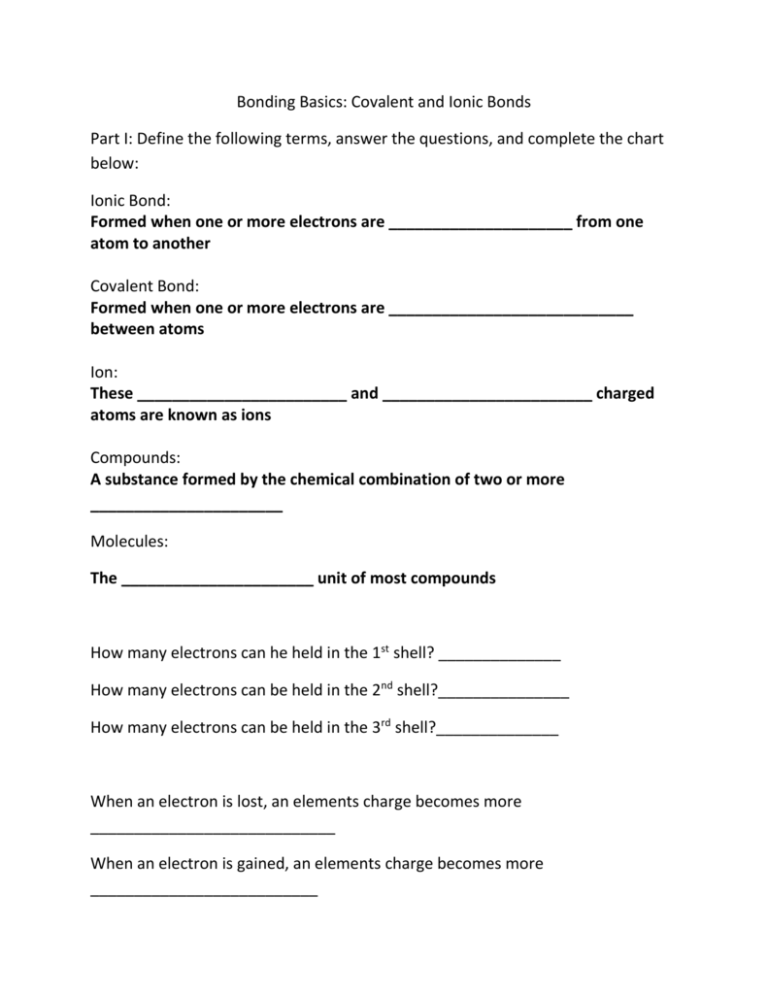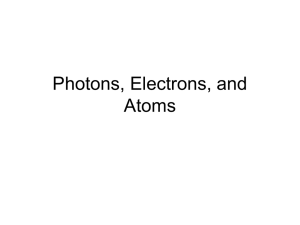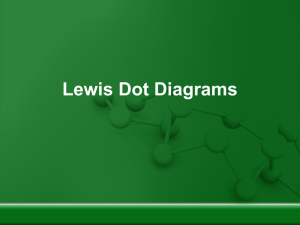Bonding Basics: Covalent and Ionic Bonds
advertisement

Bonding Basics: Covalent and Ionic Bonds Part I: Define the following terms, answer the questions, and complete the chart below: Ionic Bond: Formed when one or more electrons are _____________________ from one atom to another Covalent Bond: Formed when one or more electrons are ____________________________ between atoms Ion: These ________________________ and ________________________ charged atoms are known as ions Compounds: A substance formed by the chemical combination of two or more ______________________ Molecules: The ______________________ unit of most compounds How many electrons can he held in the 1st shell? ______________ How many electrons can be held in the 2nd shell?_______________ How many electrons can be held in the 3rd shell?______________ When an electron is lost, an elements charge becomes more ____________________________ When an electron is gained, an elements charge becomes more __________________________ Complete the chart for each element using a periodic table of elements: Element Chemical Is this element Symbol one of the 6 most common? # of protons # of Electrons # of Valence (outer shell) Electrons # of electrons that are needed (lost (-) or gained (+) to obtain full outer shell Calcium Chlorine Hydrogen Oxygen Sodium Carbon Part II: Constructing Ionic Bonds: In the space provided: a) Write the chemical symbols for each element in the problem b) Use the Skittles to create a diagram of the valence electrons. Use a different color of candy for each element’ electrons c) Draw an arrow (or more than one arrow if needed) to show the transfer of electrons and move the candy d) Use a marker to draw in the electrons as you remove the candy (to be used in the next problem) Examples 1) 2 Sodium + Oxygen 2) Sodium + Chlorine Part III Constructing Covalent Bonds a) Write the chemical symbols for each element in the problem b) Use the Skittles to create a diagram of the valence electrons. Use a different color of candy for each elements’ electrons c) Draw a circle to show the sharing of electrons (around all of the candy in each valence shell) d) Use a marker to draw in the electrons as you remove the candy e) Draw the bond structure using the chemical symbols and lines (to represent bonds) Examples Hydrogen + Hydrogen 1) Hydrogen + Oxygen 2) Carbon + Oxygen





